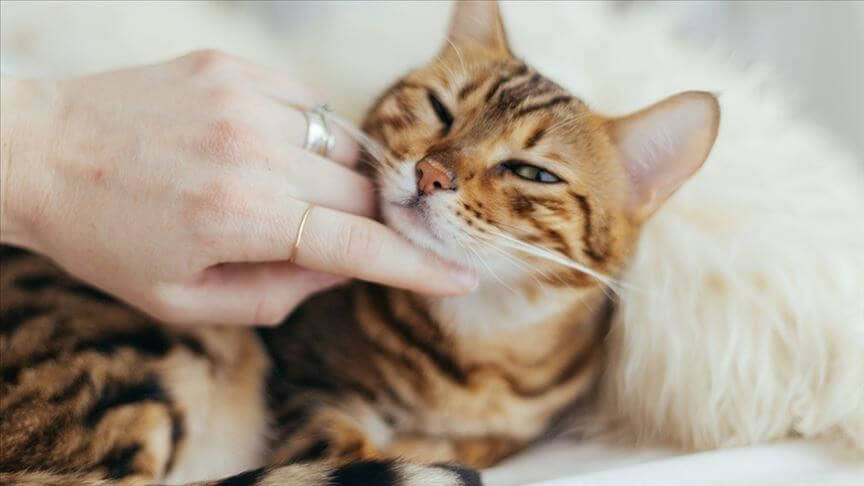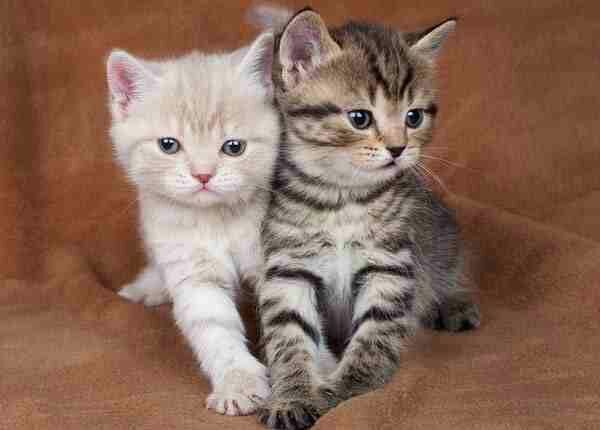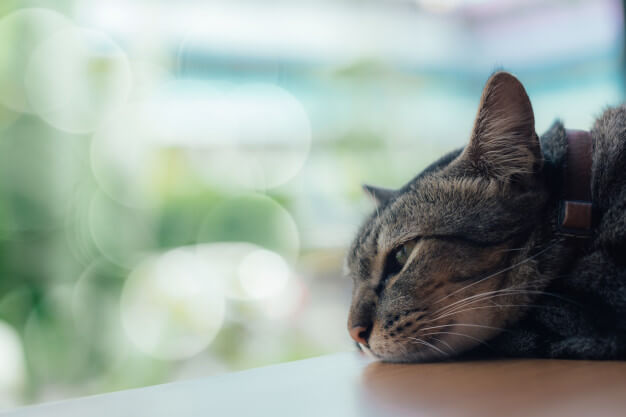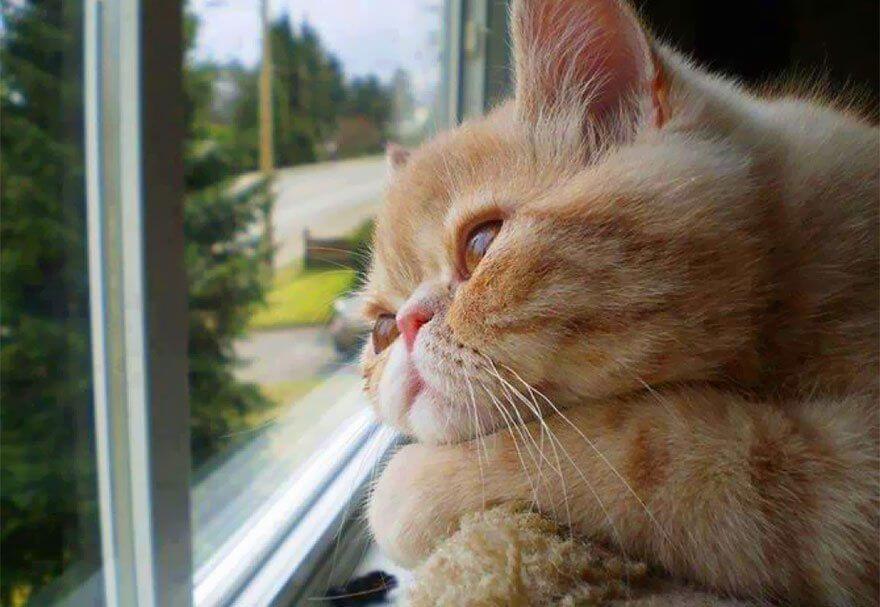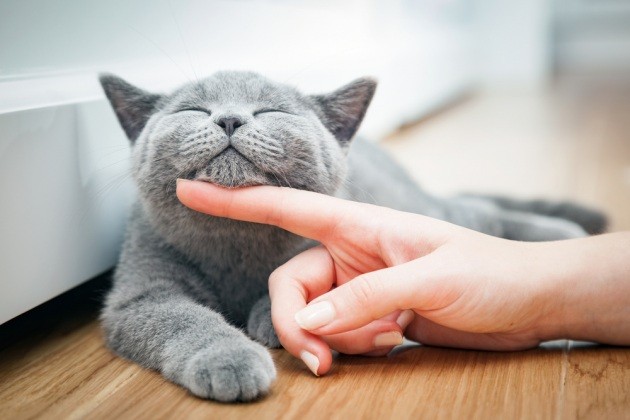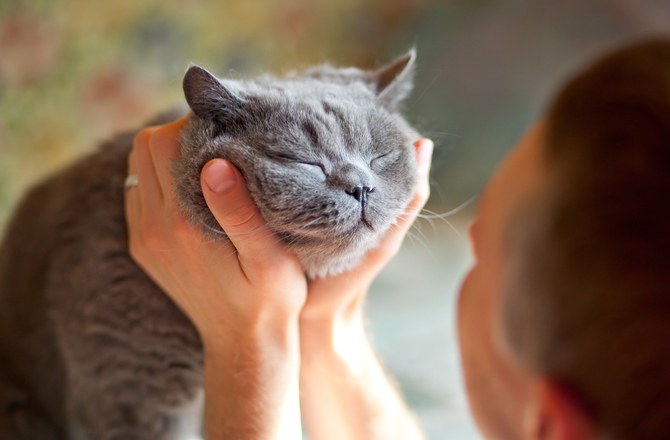To their owners, felines will always be amazing creatures. So here are 10 facts about cats you may find interesting.
10. Nearly all cats are good climbers, but the margay of South America is one of the best climbers of all.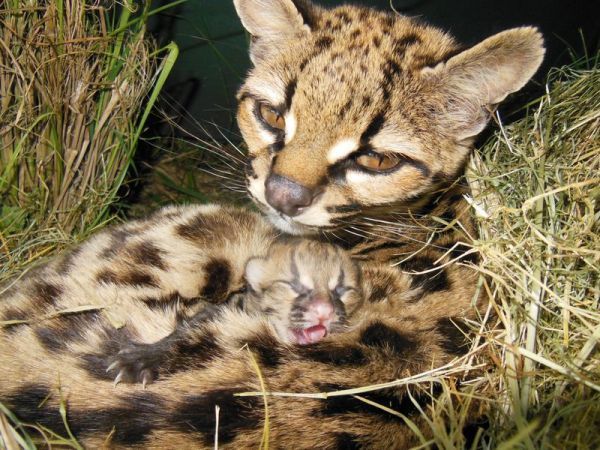
It can run straight up a tree trunk- and run head-first straight down again!
The margay is about the same size as a pet cat. Like all cats, it is a hunter. It catches squirrels, tree rats, possums, and small birds.
9. In Japan, model and statues of cats are seen as lucky charms.
A Japanese legend tells of a priest who lives in a temple with his cat. A man traveling past the temple saw the cat raise his paw and beckon him to enter. As he did, a bolt of lightning hit the spot where he had been standing. He was very grateful to the cat for saving his life.
Statues of beckoning cats are found all over Japan and are believed to bring good luck.
8. Cats are usually very clean animals and spend a couple of hours each day grooming or “washing” themselves.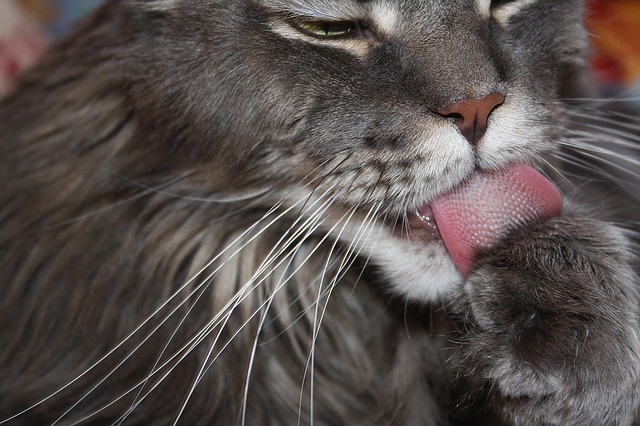
The cat bends and twists to lick almost every part of his body With his rough tongue. This gets rid of dirt, Old Skin, loose fur, and tiny pests. The cat may also lick his paw, rub this on a body part to clean it, then lick his paw again. And he may run his claws through his fur to get rid of dirt.
7. Most cats like being brushed by their owners.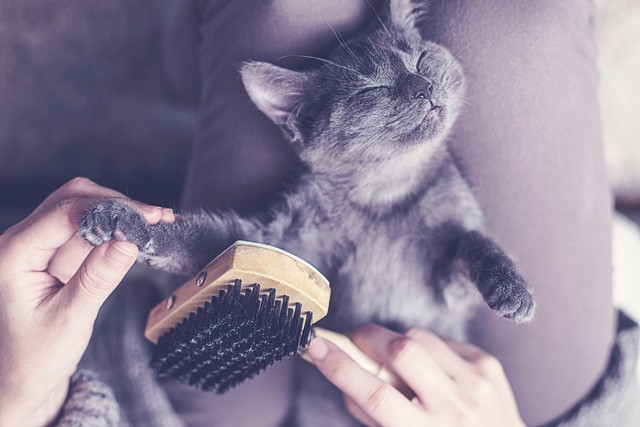
This is especially important for long-haired cats, which cannot keep their fur clean by themselves. Getting a cat used to be brushed take time and patience.
Star with a few gentle stroke of the brush, stay calm, make no sudden moves, and stroke and fuss the cat afterward. Over many days the cat will get used to being brushed and begin to enjoy it.
6. Most cats like being stroked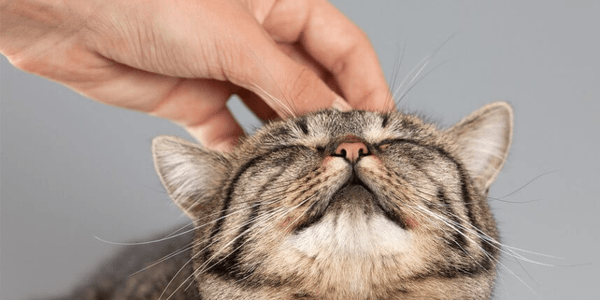
You should start by doing this carefully and calmly, so the cat comes to trust you. sudden moves or noises, or forcing a cat to be stroked, only make it more wary and nervous.
Along the back, the cheek and behind the ears are good places. This is where cats” stroke” us by rubbing themselves against our legs, Always stroke a cat in the same direction that his fur lies in.
5. Cats have mood, like us, and it helps if we recognize these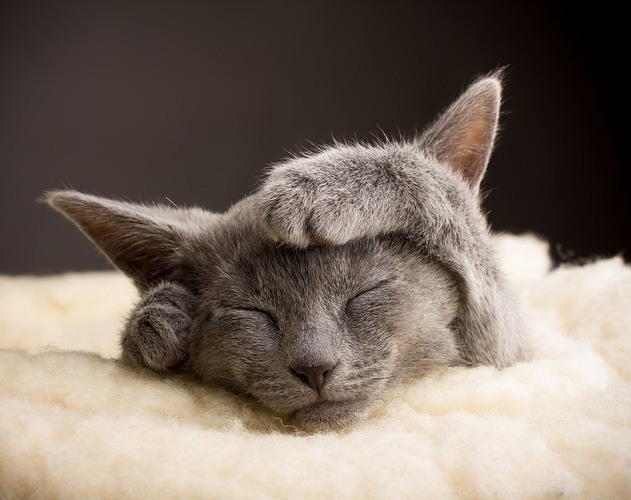
A tiny movement, faint sound, or smell that we can’t detect, can worry a cat. It may suddenly become alert and ready for action.
A scared cat crouches low, flattens his ears, opens his mouth, hisses, bristles his fur and swishes his tail low. Then its best to leave the cat alone, so he can run off or hide if he wishes.
4. All kinds, or breeds, of pet cats, belong to the same Single type, or Species, which Scientists call Felis cattus.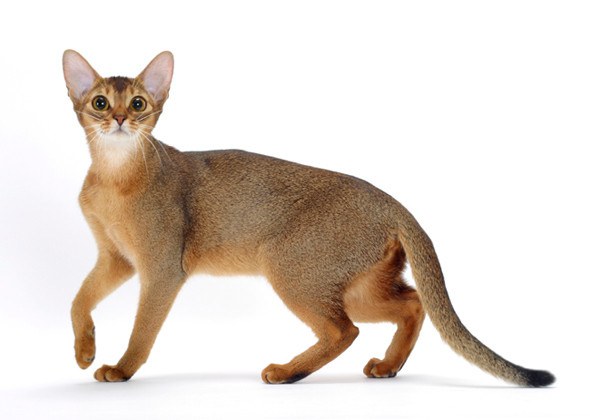
Some kinds of cats that live in the Wild are even Smaller than Our pet cats. Most live in forests and jungles. Their fur is spotted and Striped so that they blend in with the trees, branches Cund leaves, and their Shadows. This means they Can Creep up on prey Without being noticed.
3. All pet or domestic cats probably came from the cat species know as the wildcat (Felis Silvestris).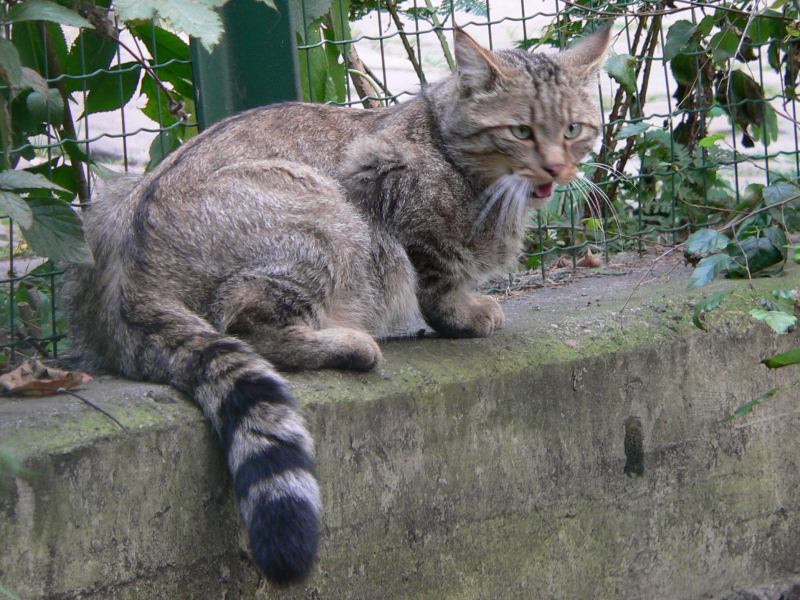
It looks like a slightly larger, heavier version of the pet cat known as the tabby. The Wildcat still lives naturally in many places today, including Scotland, Europe, Africa, and Asia. Sometimes wildcats breed with pet cats.
2. We think the first domestic or pet cats date back to ancient egypt, more than 5.000 years ago.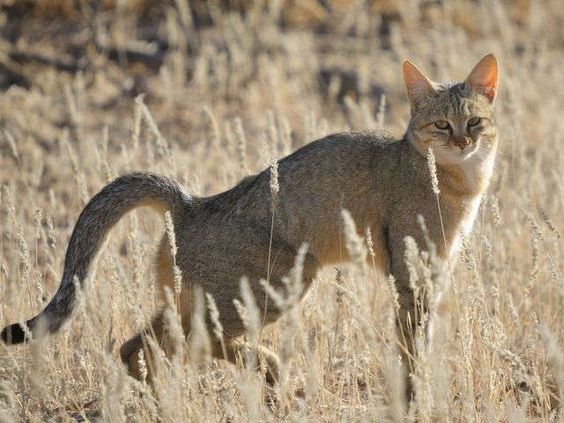
Perhaps this happened when African wildcats waited around houses or food and grain sores, attracted by pests such as mice and rats. The cats gradually got used to people and the people became friendly with the helpful, pest-killing cats.
When the Great Pyramids and temples of Egypt were built, important rulers or pharaohs were preserved as mummies– so were many cats.
1. It’s best to give a cat different foods so that he gets a wide range of nourishment.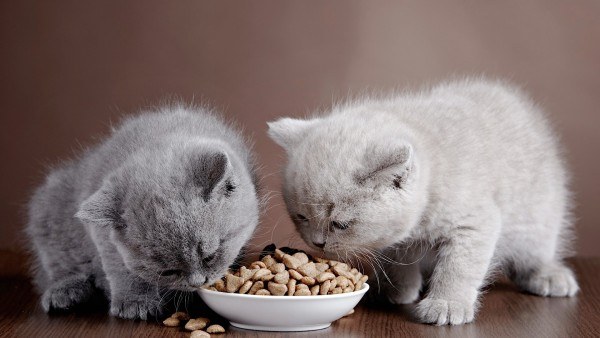
It’s also best to feed a cat in the same place each time, preferably somewhere quiet and calm like a corner of a room, using his own clean feeding bowl and mat,
Usually, two meals each day are best—moring and evening. Kittens and young growing cats need to have smaller meals more often as they are using a lot of energy as they run around and grow.
Related Articles
- 4 Amazing Tips on Getting Your Cat to Be More Affectionate
- How To Stop Your Cat From Biting You
- How To Keep Your Cat Safe
- 5 Foods You Didn’t Know Were Good For Your Cat
